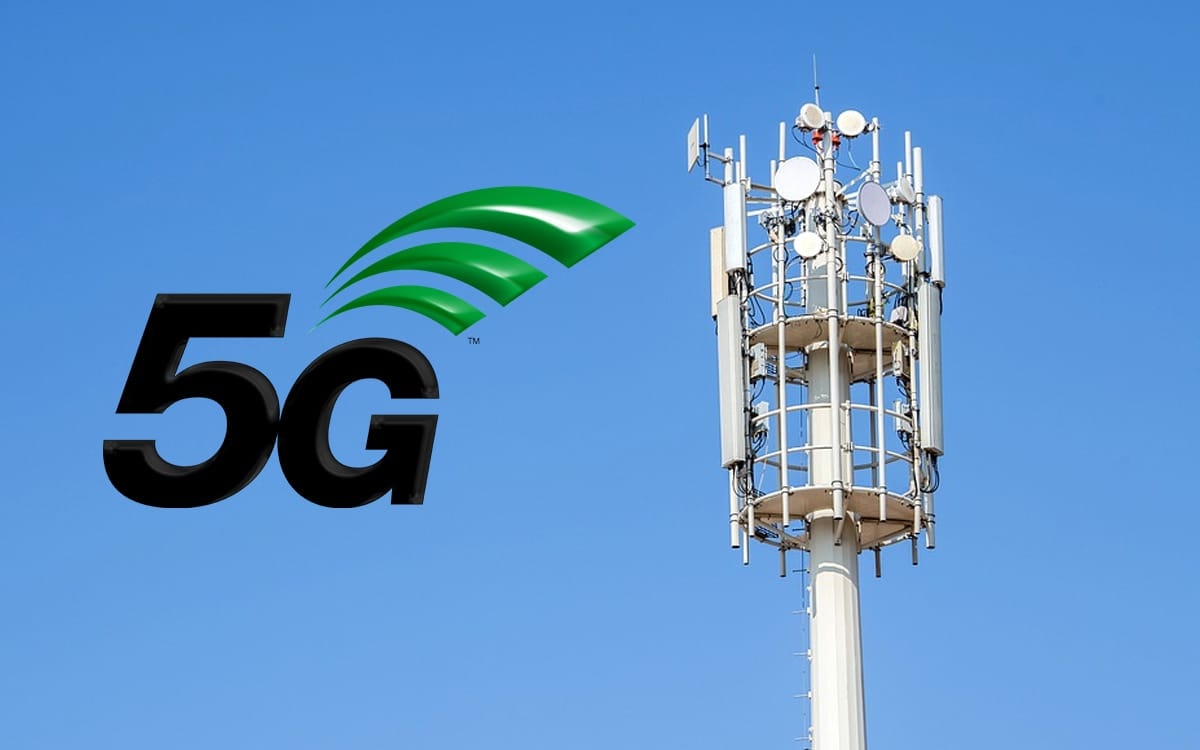Latest research: 5G waves are not harmful to humans
A recent study exposed human cells to electromagnetic waves at frequencies significantly higher than those used in commercial 5G. The results showed that the cells were not affected, helping to dispel lingering concerns that 5G could be harmful to human health.
Conspiracy theories surrounding 5G technology have spread at a dizzying pace over the years, especially during the COVID-19 pandemic. These theories range from fears that invisible radiation causes cancer to the belief that 5G towers are plotting to control people's minds.

However, a newly published study has performed the most rigorous testing ever conducted and provided a clear answer: 5G does not negatively affect human skin cells, even under extreme conditions.
Test simulated worst case scenario but nothing happened
The study, conducted by scientists at Constructor University in Germany, exposed human skin cells to 5G electromagnetic waves at intensities 10 times higher than the recommended safety limit, for up to 48 hours.
These waves have frequencies of 27 GHz and 40.5 GHz, much higher than the common frequency spectrum used in current commercial 5G systems.
Two types of cells are used: keratinocytes, the main cells of the outermost layer of skin, and fibroblasts, the cells that make up the skin's connective tissue.
After exposure, cells were subjected to comprehensive molecular analysis, including: Whole-genome RNA sequencing to detect changes in gene expression and DNA methylation arrays to assess epigenetic modifications that influence gene activity.
No significant changes were observed in the results.
Direct rebuttal of previous criticisms
One of the reasons why previous studies have been inconclusive is the lack of rigorous control over environmental factors, exposure duration, and statistical analysis.
In this study, the team built an advanced experimental environment where the analyst was unaware of which cells were actually exposed to the electromagnetic waves and performed continuous temperature monitoring to ensure any changes were not due to heat.
In addition, the research team also conducted two control groups: one group of cells that were sham exposed (not actually exposed) and one group that was exposed to ultraviolet (UV) light, a factor known to influence genetics.
Only cells exposed to UV light showed changes in gene activity, and these were changes that had been previously scientifically confirmed.
Check randomness to ensure there are no errors
To avoid the possibility of “chance results,” the team also used a technique called label shuffling, which involves randomly switching between the real and fake exposure samples hundreds of times to check whether any genetic signals were actually significant. The results continued to show that nothing unusual happened.
“We hope this study can close the years-long debate about the health risks from 5G waves,” the research team wrote in an article published in the famous scientific journal PNAS Nexus (USA).
Although the World Health Organization (WHO) and the US National Toxicology Program (NTP) have concluded that RF waves are harmless, the topic remains controversial in the media, public opinion, and politics. In part, this is because previous studies have been inconsistent and have been criticized for their methodology.
In conclusion, the team stressed: “The data showed no signs of gene expression and methylation changes in human skin cells under 5G exposure conditions, even under conditions of many times higher intensity than in real life.”
This latest research not only reinforces the safety of 5G technology, but is also a prime example of the importance of rigorous, well-structured scientific review.
In a climate of rampant misinformation, especially on social media, efforts like this are necessary to restore trust in science and technology.
